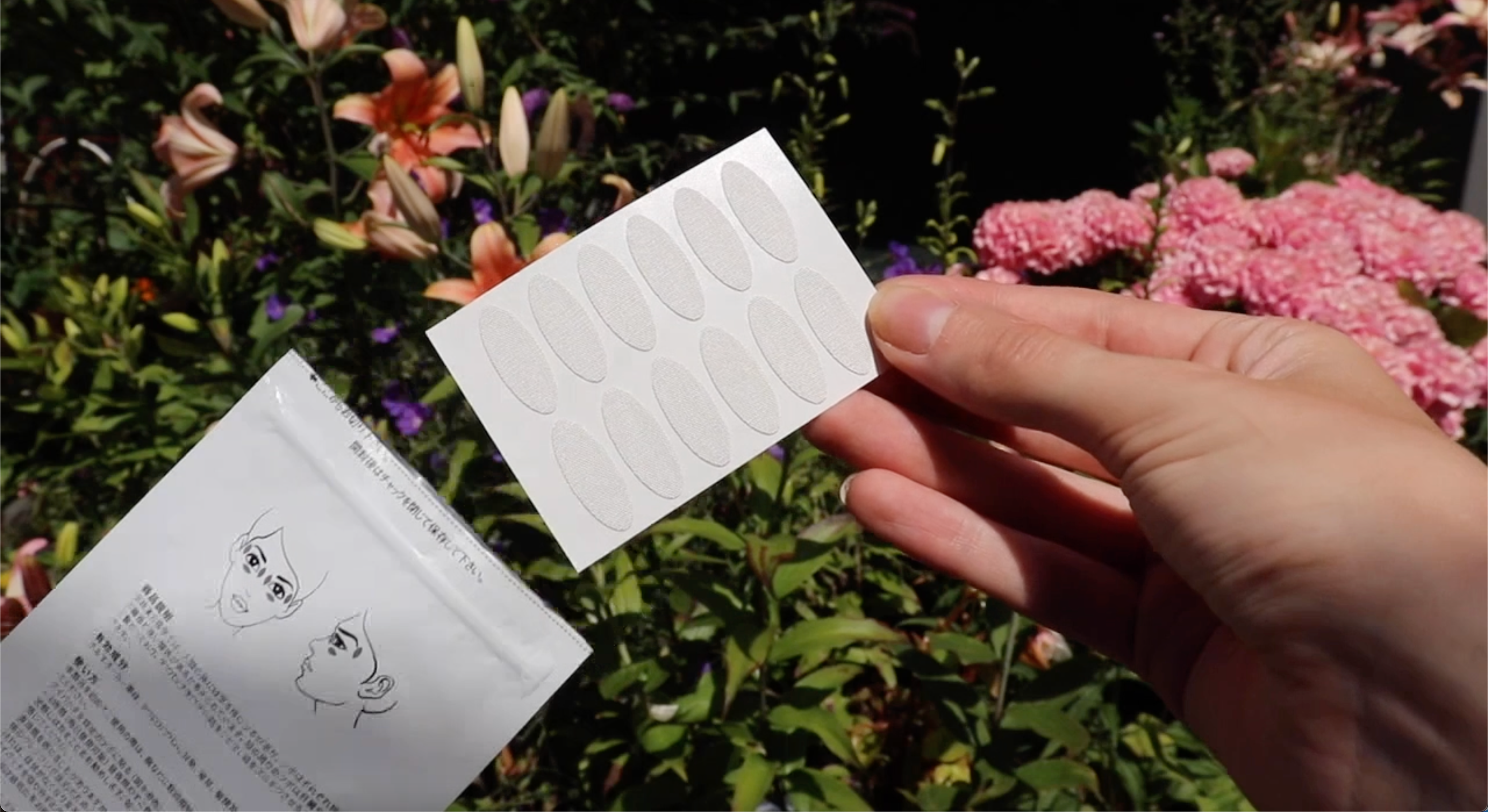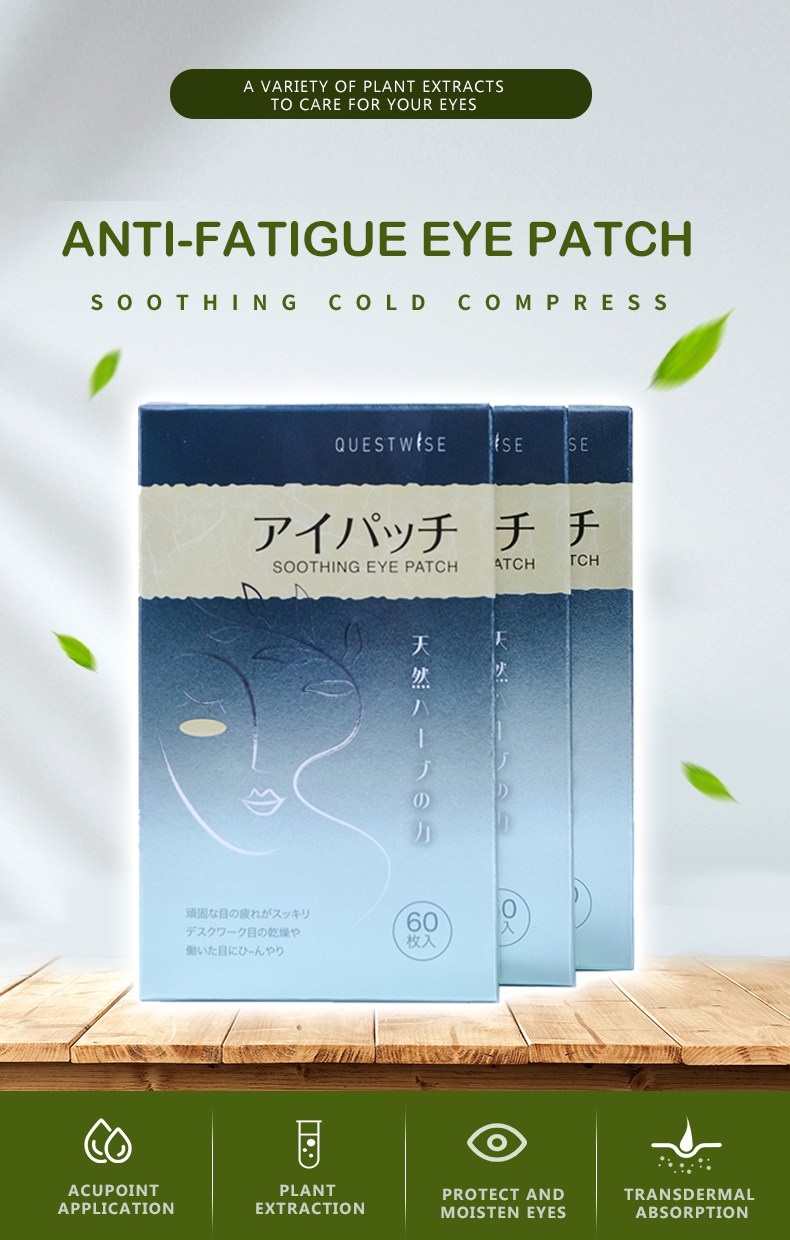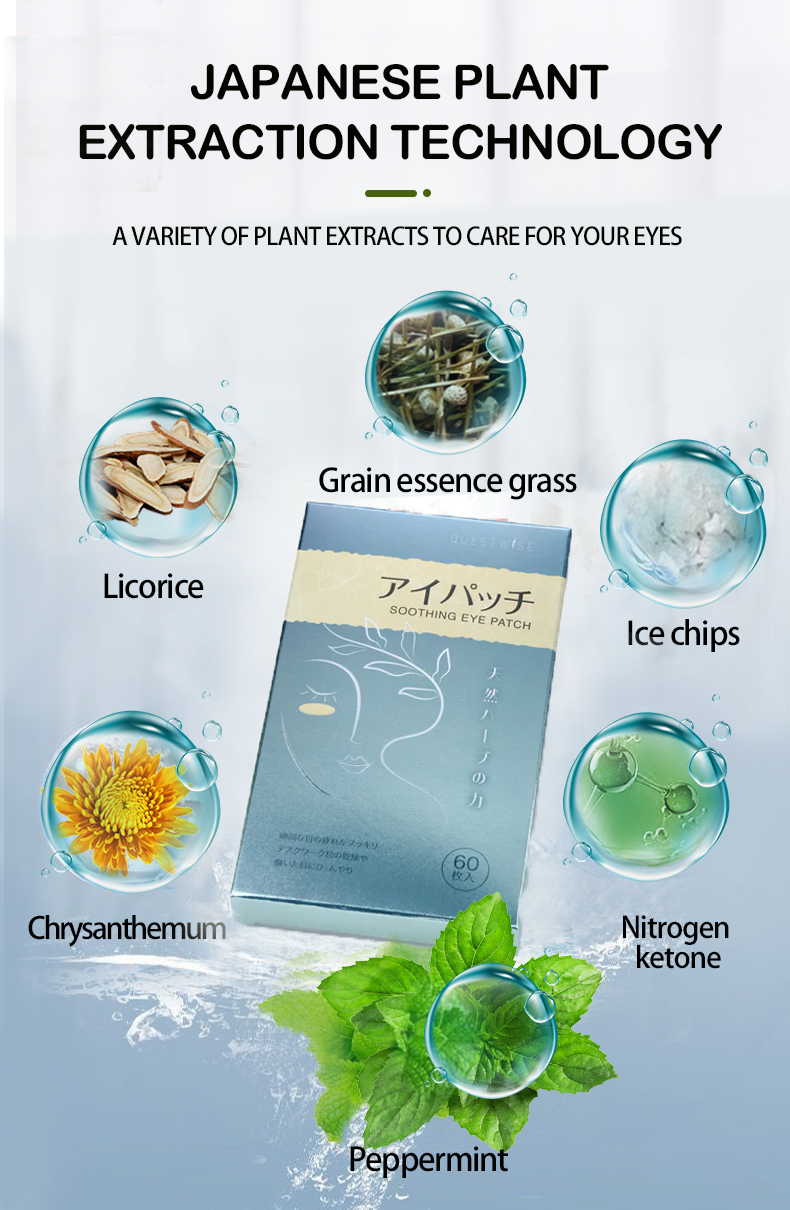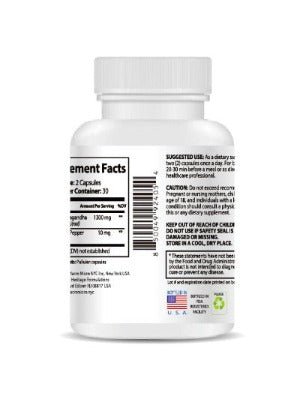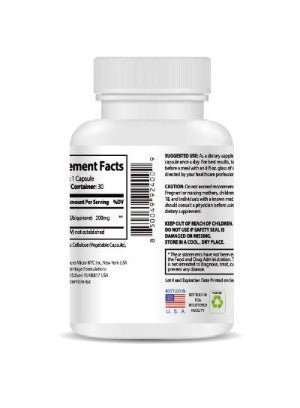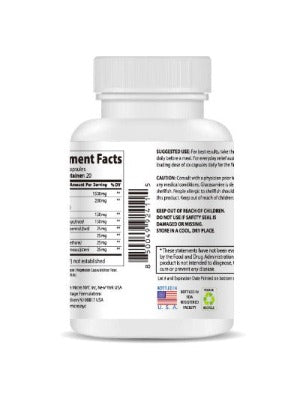Understanding the Financial Landscape of Cataract Surgery in 2025
Cataract surgery stands as one of the most common and successful surgical procedures performed globally, offering a remarkable solution for vision impairment caused by the clouding of the eye's natural lens. As we navigate 2025, the desire for clearer vision is more attainable than ever. However, before embarking on this life-changing journey, a thorough understanding of the associated costs is paramount. The financial aspect of cataract surgery can be complex, influenced by a myriad of factors ranging from the type of lens implanted to insurance coverage and the chosen healthcare provider. This comprehensive guide aims to demystify the expenses involved in cataract surgery in 2025, empowering you with the knowledge to make informed financial and medical decisions.
Deconstructing the Cost Components of Cataract Surgery
The overall price of cataract surgery is not a monolithic figure but rather an aggregate of several distinct charges. Recognizing each of these elements is crucial for a complete financial picture:
- Surgeon's Professional Fee: This fee is compensation for the ophthalmologist's expertise, skill, and time dedicated to performing the surgery. Factors such as the surgeon's years of experience, their reputation within the medical community, and any sub-specializations they possess can influence this component.
- Facility Fee: This charge covers the operational costs of the surgical environment. Whether the procedure takes place in an ambulatory surgery center (ASC) or a hospital setting, this fee encompasses the use of the operating room, essential medical supplies, the surgical team (nurses, technicians), and post-operative recovery services. ASCs typically offer lower facility fees compared to hospitals due to lower overhead costs.
- Intraocular Lens (IOL) Cost: This is often the most significant variable in the total cost equation. The market offers a diverse range of IOLs, from basic monofocal lenses to sophisticated premium options, each with a different price point reflecting its technological advancements and vision correction capabilities.
- Anesthesia Fees: While most cataract surgeries are performed under local anesthesia administered via eye drops or a small injection, there may be additional fees associated with the anesthesiologist or certified registered nurse anesthetist (CRNA) who monitors your comfort and vital signs throughout the procedure, especially if sedation is required.
- Pre-operative and Post-operative Care: This category includes the costs associated with the necessary consultations, diagnostic eye examinations before surgery, and the crucial follow-up appointments and prescriptions (such as medicated eye drops) required during the recovery period.
The Crucial Role of Intraocular Lens (IOL) Choice in Cost Determination
The selection of an Intraocular Lens (IOL) is not only a critical decision for your visual outcome but also a primary driver of the overall cost of cataract surgery. In 2025, the spectrum of IOLs continues to expand, offering personalized vision correction:
- Monofocal IOLs: These are the traditional and most widely used lenses. They are engineered to correct vision at a single focal point, typically distance vision. While they significantly improve sight, patients often still require reading glasses or glasses for intermediate tasks. Monofocal IOLs are generally covered by Medicare and most insurance plans as they address the functional impairment caused by the cataract.
-
Premium IOLs: This category encompasses advanced lens technologies designed to provide a broader range of vision correction, potentially reducing or eliminating the need for glasses. The selection of a premium IOL will incur an additional out-of-pocket expense. Common types include:
- Toric IOLs: Specifically designed to correct astigmatism, a common refractive error that causes blurred or distorted vision at all distances. By correcting astigmatism, these lenses can significantly improve uncorrected distance vision.
- Multifocal IOLs: These sophisticated lenses feature multiple focal zones, enabling patients to see clearly at various distances – near, intermediate, and far. This can dramatically reduce dependence on glasses for everyday activities.
- Extended Depth of Focus (EDOF) IOLs: Offering a more seamless visual experience, EDOF lenses provide a continuous range of clear vision across multiple distances. They are designed to minimize the visual disturbances, such as halos or glare, that can sometimes be associated with multifocal lenses.
Insurance and Medicare Coverage in 2025: What to Expect
For the vast majority of patients, cataract surgery is deemed a medically necessary procedure, particularly when cataracts significantly impede daily activities. Consequently, standard cataract surgery utilizing monofocal IOLs is widely covered by Medicare and most private health insurance providers. This coverage typically includes the surgeon's fees, the facility charges, and the cost associated with a standard monofocal lens. However, patients are generally responsible for their plan's deductible, co-insurance, and co-payment amounts.
When a patient elects to have a premium IOL implanted, the portion of the cost attributable to the advanced technology is typically considered an elective upgrade. As such, these additional expenses are usually paid entirely out-of-pocket by the patient. It is absolutely essential to engage in a transparent discussion with your eye care professional and to thoroughly review your insurance policy details with your provider. This ensures you have a clear understanding of your financial obligations before proceeding with the surgery.
Estimated Cost Ranges for Cataract Surgery in 2025
While providing precise figures is challenging due to the numerous variables involved, the following estimates offer a general overview of cataract surgery costs in 2025:
- Without Insurance (Self-Pay): For individuals paying out-of-pocket for standard cataract surgery with a monofocal lens, the total cost per eye can range broadly from approximately $3,000 to $6,000. Should you opt for premium IOLs, this estimated cost can escalate significantly, potentially ranging from $5,000 to $9,000 or even higher per eye, depending on the specific lens chosen and the provider's pricing.
- With Insurance (Medicare/Private): For patients whose surgery is covered by insurance, the out-of-pocket expenses for standard procedures typically fall between $0 and $1,000 per eye. This figure is contingent upon meeting deductibles, co-insurance obligations, and co-pays as stipulated by your plan. For those selecting premium IOLs, you will be responsible for the additional cost of the lens (typically $1,500 to $3,500+ per eye) on top of any standard co-pays or deductibles applicable to the surgical procedure itself.
Prioritizing Ongoing Eye Health: Beyond Surgical Intervention
Cataract surgery effectively restores clarity by addressing the clouded lens, but maintaining optimal eye health is a continuous endeavor that extends beyond the surgical procedure. Factors such as extended periods of digital screen use, environmental irritants, and the natural aging process can contribute to eye strain, dryness, and discomfort. Proactive eye care measures are vital for enhancing visual comfort and supporting overall ocular well-being.
For individuals seeking a reliable and soothing solution for chronic eye dryness and strain, particularly those who spend significant time in front of screens, the Wise Quest Soothing Eye Patches - 3-Month Wellness Pack presents an exceptional choice. These carefully crafted, non-toxic patches are manufactured in Japan, utilizing nature's finest ingredients. They are specifically formulated to provide relief from dryness and strain, serving as a safe and effective long-term remedy for screen users and those experiencing similar discomfort. Opting for the convenient 3-month wellness pack ensures an uninterrupted supply, supporting your ongoing eye comfort and complementing the life-changing results of your cataract surgery by contributing to your overall ocular health.
Strategic Approaches to Managing the Financial Investment
The financial commitment for cataract surgery, especially when opting for advanced lens technologies, warrants careful planning. Consider these strategies to effectively manage the associated expenses:
- Thorough Insurance Verification: Before making any commitments, it is imperative to contact your insurance provider directly. Inquire about the specifics of your coverage for cataract surgery, including deductibles, co-insurance percentages, co-payment amounts, and the criteria for IOL coverage.
- Investigate Financing Options: Many ophthalmology practices and surgical centers collaborate with reputable healthcare financing companies. These options can provide flexible payment plans, allowing you to spread the total cost over an extended period through manageable monthly installments.
- Leverage Health Savings Accounts (HSAs) and Flexible Spending Accounts (FSAs): If you participate in an HSA or FSA program through your employer, these tax-advantaged accounts are an ideal resource for covering qualified medical expenses, including cataract surgery, deductibles, and co-pays.
- Obtain Multiple Provider Quotes: If you are self-paying or choosing premium IOLs, it is advisable to seek detailed cost estimates from several reputable surgeons and facilities. While prioritizing cost, it is essential to balance it with the quality of care and surgeon experience.
- Evaluate the Long-Term Value: Frame the cost of cataract surgery not merely as an expense, but as a significant investment in your overall health and well-being. The restoration of clear vision can lead to increased independence, enhanced safety (especially while driving), greater engagement in hobbies and social activities, and a profound improvement in your general quality of life.
Conclusion: Embracing a Brighter Future with Clear Vision
Cataract surgery in 2025 represents a pivotal step towards reclaiming and enhancing your visual clarity and, consequently, your quality of life. By thoroughly understanding the various cost determinants, the intricacies of insurance coverage, and the distinct benefits offered by different IOL options, you can approach this medical decision with financial preparedness and peace of mind. Encourage open and detailed communication with your ophthalmologist and financial advisors to ensure all your questions are addressed. When combined with diligent post-operative care and consistent eye wellness practices, such as incorporating the Wise Quest Soothing Eye Patches into your routine, you are well on your way to experiencing the profound and lasting benefits of clear, vibrant vision for years to come.





